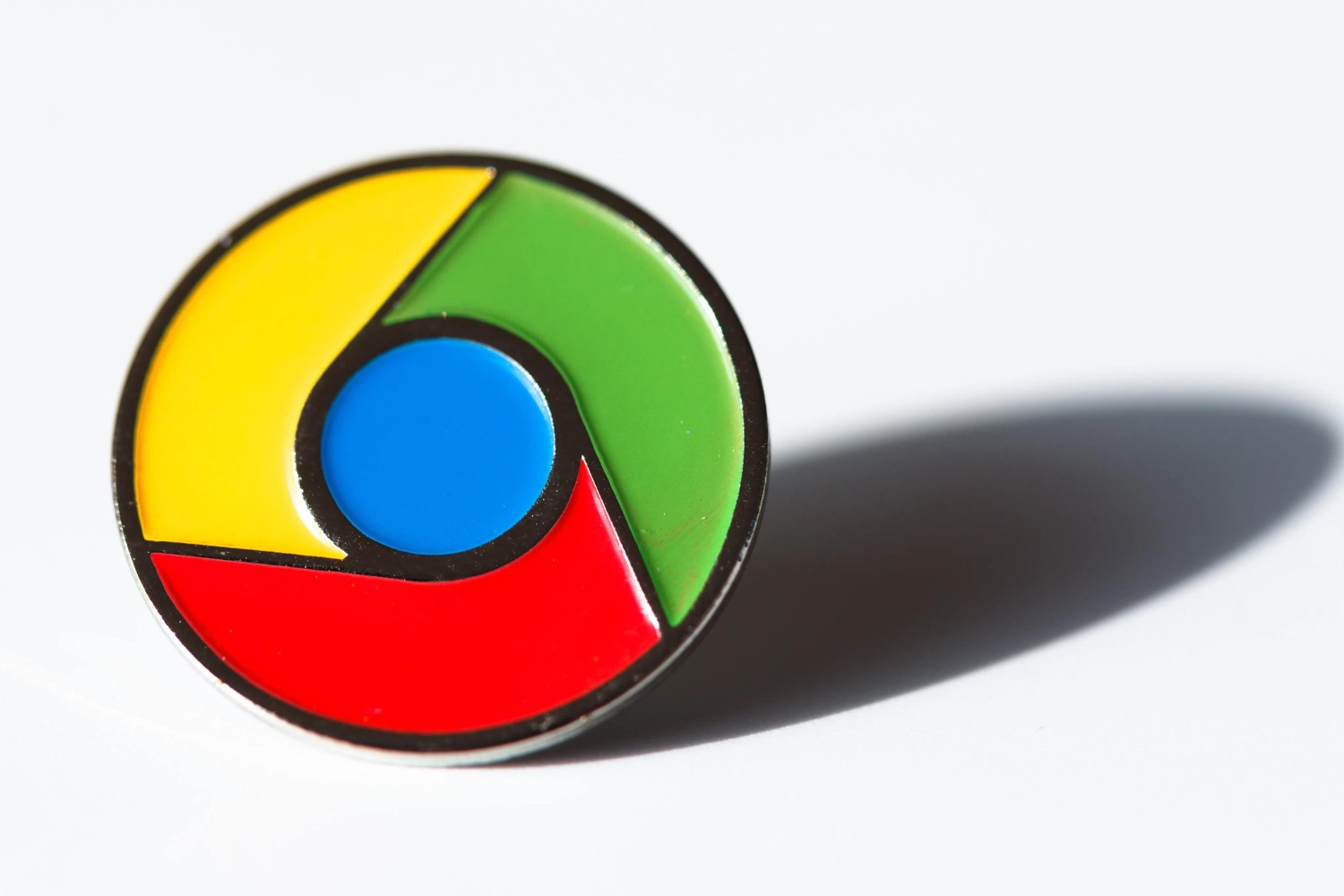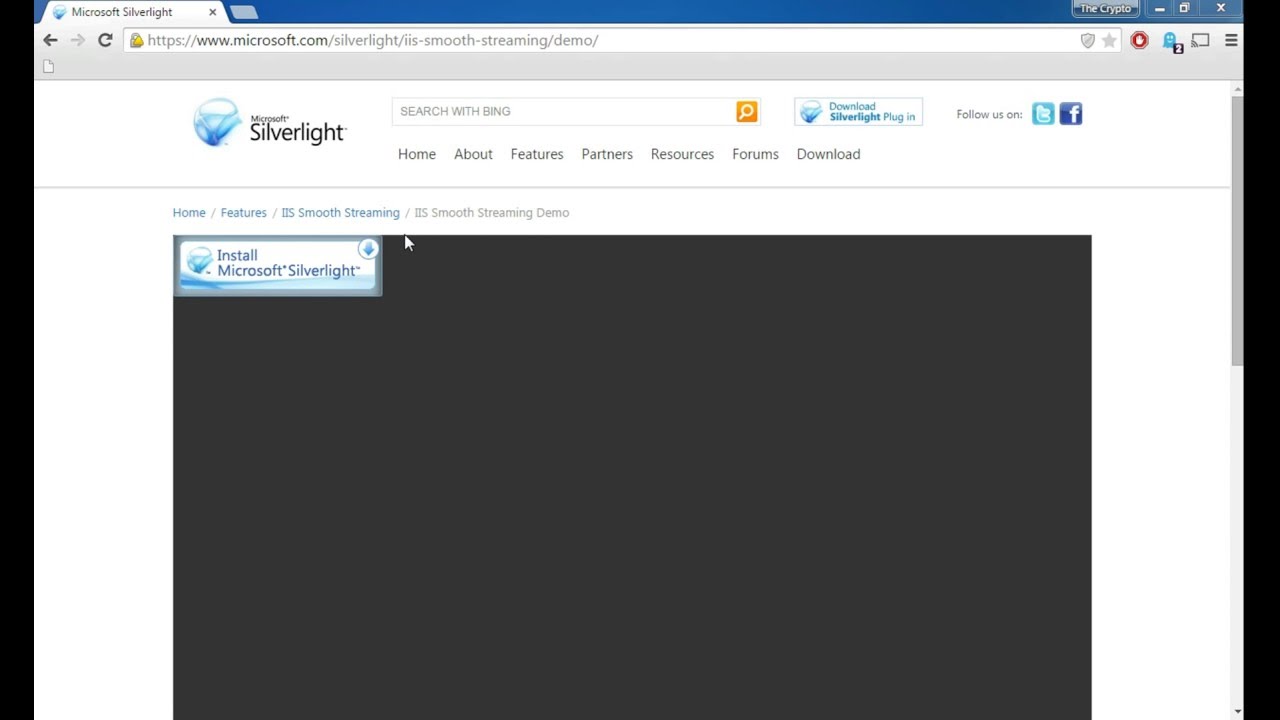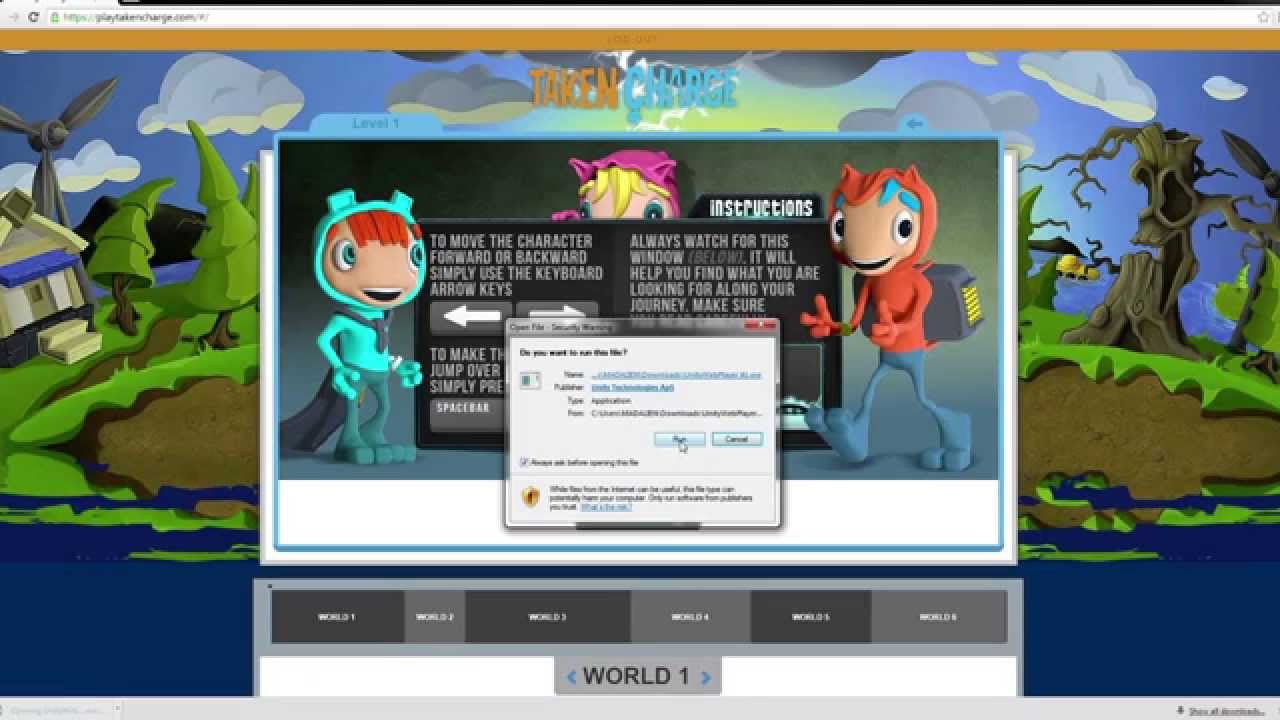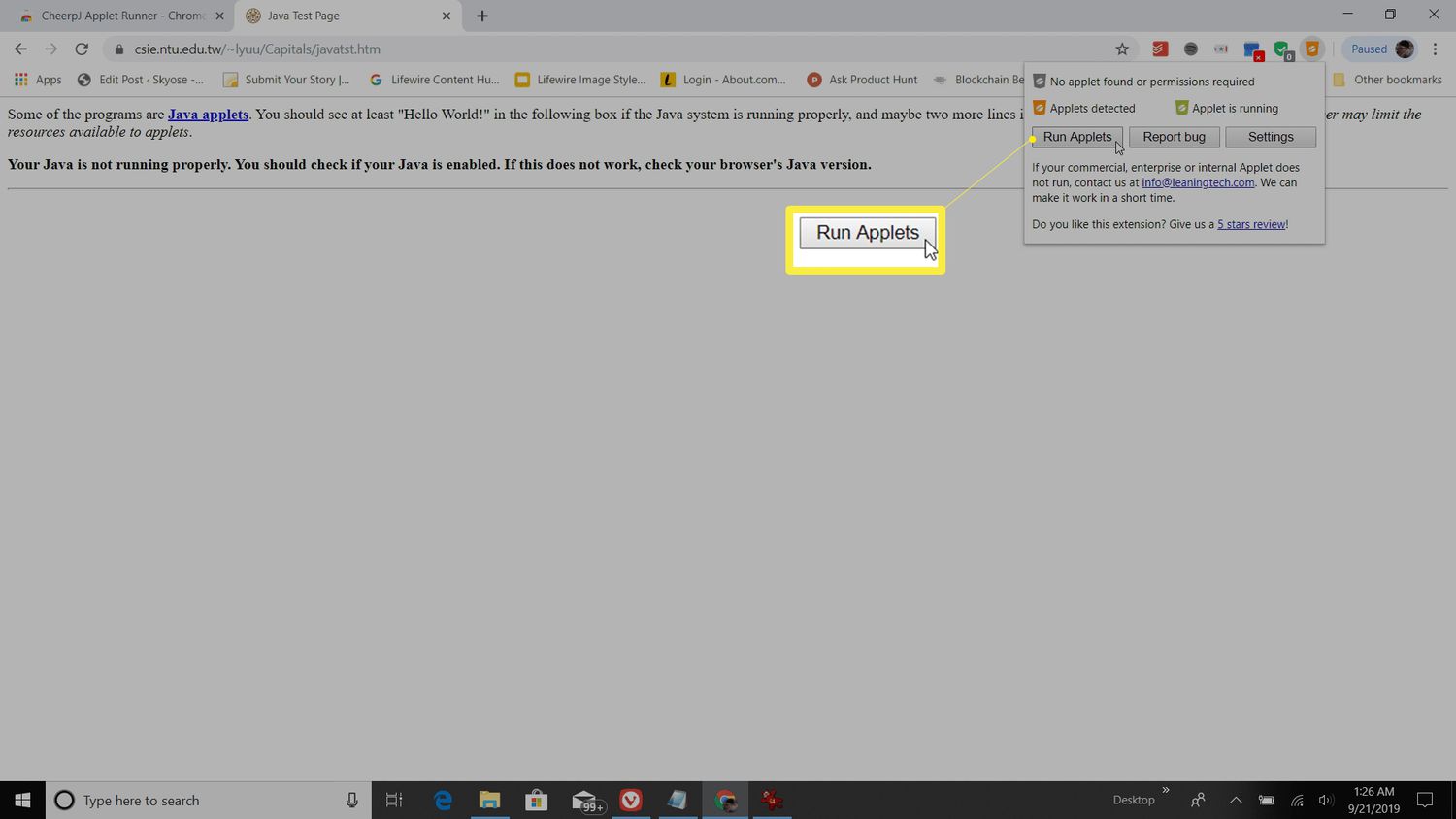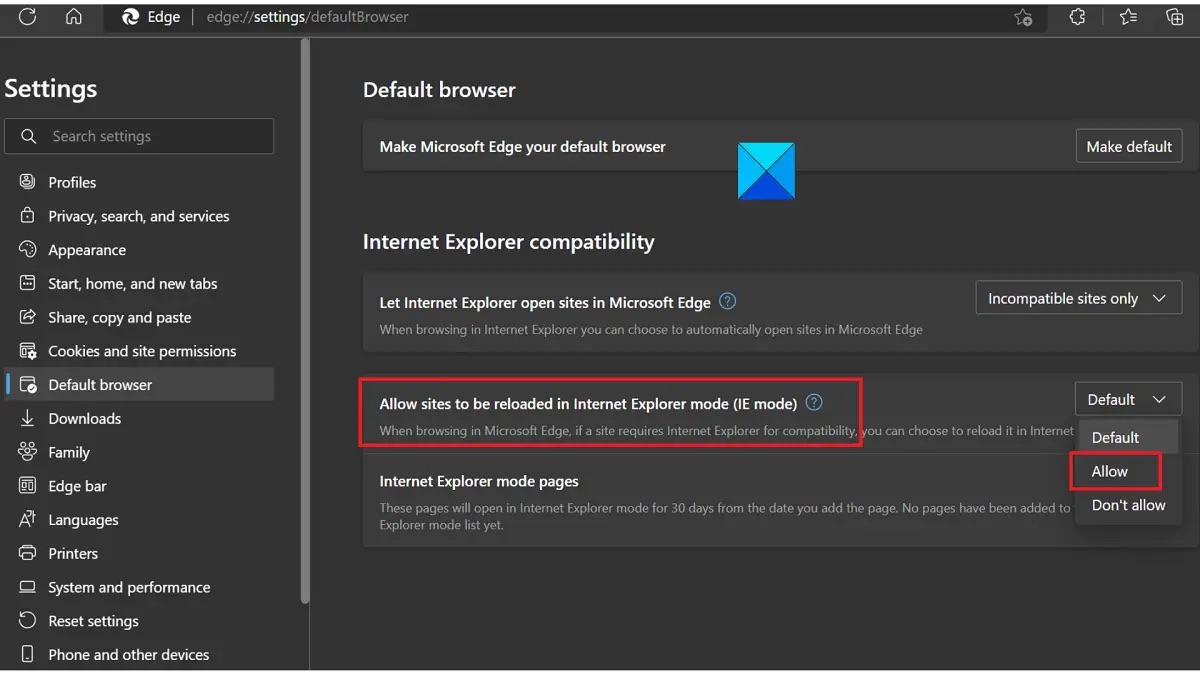Introduction
In the ever-evolving landscape of web browsing, the quest for enhanced security, performance, and user experience has been a driving force behind the continuous development of web browsers and their associated extensions. One pivotal aspect of this evolution is the deprecation of NPAPI (Netscape Plugin Application Programming Interface) in Chrome, a decision that has reverberated across the digital sphere.
The deprecation of NPAPI in Chrome marks a significant shift in the browsing experience for millions of users and developers worldwide. This move has sparked discussions and raised questions about the implications for existing plugins, the future of web development, and the overall user experience.
As we delve into the intricacies of NPAPI and its deprecation in Chrome, it becomes evident that this transition is not merely a technical adjustment but a fundamental transformation that will shape the way we interact with web content. Understanding the implications of this shift is crucial for both users and developers, as it directly impacts the functionality and accessibility of various web-based applications and services.
The deprecation of NPAPI in Chrome is not just a standalone event; it is a reflection of the ongoing efforts to streamline and fortify the browsing experience. By exploring the history, reasons, and alternatives related to NPAPI in Chrome, we can gain valuable insights into the broader trends shaping the digital landscape. This journey of exploration will illuminate the multifaceted impact of this transition, offering a deeper understanding of the forces driving the evolution of web browsing and the pivotal role of NPAPI in this transformative process.
Definition of NPAPI
NPAPI, which stands for Netscape Plugin Application Programming Interface, is a cross-platform plugin architecture used by web browsers to support various plugins for added functionality. Initially developed by Netscape, NPAPI has been instrumental in enabling the integration of third-party plugins, such as multimedia players, document viewers, and other interactive content, into web pages. This architecture has played a pivotal role in expanding the capabilities of web browsers, allowing them to go beyond basic HTML and JavaScript to deliver rich, dynamic content.
At its core, NPAPI serves as a bridge between the web browser and external plugins, facilitating seamless communication and interaction. This architecture provides a standardized framework for developers to create plugins that can be utilized across different browsers, ensuring compatibility and consistency in the delivery of web content. By leveraging NPAPI, developers have been able to extend the functionality of web browsers, empowering them to handle a diverse array of multimedia and interactive elements with ease.
NPAPI has been the cornerstone of various popular plugins, including Adobe Flash, Java applets, and Silverlight, enabling them to integrate seamlessly with web pages and deliver immersive user experiences. Its versatility and extensibility have made NPAPI a vital component in the evolution of web browsing, allowing for the integration of advanced features and interactive content that transcend the limitations of standard web technologies.
However, as the digital landscape continues to evolve, the reliance on NPAPI has posed challenges in terms of security, performance, and compatibility. The inherent complexities and vulnerabilities associated with NPAPI-based plugins have prompted browser developers to reevaluate its role in the modern web ecosystem. This reevaluation has led to the gradual deprecation of NPAPI in major web browsers, including Google Chrome, as part of a concerted effort to enhance security, streamline performance, and foster a more robust browsing experience.
In essence, NPAPI has been a foundational element in the evolution of web browsing, empowering developers to create diverse and engaging web experiences through the integration of third-party plugins. However, the changing dynamics of the digital landscape have prompted a shift away from NPAPI, signaling a new chapter in the ongoing evolution of web technologies and the browsing experience.
History of NPAPI in Chrome
The history of NPAPI in Chrome is intertwined with the evolution of web browsing and the quest for a more secure and efficient browsing experience. When Google Chrome was first introduced in 2008, it embraced NPAPI as a means to support a wide range of plugins, enabling users to access diverse content and interactive features seamlessly. This initial embrace of NPAPI reflected the prevailing trend across web browsers, as NPAPI served as a vital conduit for integrating third-party plugins into the browsing experience.
As Chrome gained traction and solidified its position as a leading web browser, the reliance on NPAPI plugins became increasingly apparent. Users benefited from the ability to seamlessly access multimedia content, interactive applications, and other dynamic elements, thanks to the robust support for NPAPI-based plugins. This period marked a phase of innovation and expansion, as NPAPI facilitated the integration of popular plugins, including Adobe Flash, Java applets, and Silverlight, enhancing the richness and interactivity of web content within the Chrome browser.
However, as the digital landscape evolved and security concerns intensified, the drawbacks of NPAPI-based plugins became more pronounced. The inherent vulnerabilities and performance implications associated with NPAPI prompted a shift in the approach to plugin support within Chrome. Google recognized the need to address these challenges and embarked on a journey to reevaluate the role of NPAPI in the browsing experience.
The pivotal turning point in the history of NPAPI in Chrome came with the announcement of the deprecation of NPAPI support in Chrome. This decision, announced in 2013, signaled a strategic shift in the approach to plugin architecture, as Google sought to enhance security, streamline performance, and foster a more robust browsing environment. The deprecation timeline provided developers and stakeholders with a roadmap for transitioning away from NPAPI, encouraging the exploration of alternative solutions to ensure continued compatibility and functionality.
The gradual phasing out of NPAPI support in Chrome marked a significant milestone in the evolution of web browsing, reflecting the ongoing efforts to fortify the browsing experience while addressing the inherent challenges associated with NPAPI-based plugins. This historical transition underscored the dynamic nature of web technologies and the imperative to adapt to emerging security and performance paradigms, laying the groundwork for a more secure, efficient, and sustainable browsing ecosystem.
In essence, the history of NPAPI in Chrome embodies a narrative of innovation, adaptation, and strategic evolution, reflecting the intricate interplay between technological advancements and the quest for a more secure and seamless browsing experience. This historical trajectory serves as a testament to the dynamic nature of web technologies and the imperative to embrace change in pursuit of a more robust digital landscape.
Reasons for Deprecation
The decision to deprecate NPAPI in Chrome was driven by a confluence of factors that underscored the need for a strategic shift in the approach to plugin architecture. One of the primary reasons for this move was the escalating security concerns associated with NPAPI-based plugins. The inherent vulnerabilities within NPAPI posed significant risks, providing potential entry points for malicious actors to exploit and compromise the browsing environment. As cyber threats continued to evolve in sophistication and prevalence, the reliance on NPAPI became increasingly untenable from a security standpoint. By deprecating NPAPI, Google aimed to fortify the browsing experience and mitigate the security risks posed by NPAPI-based plugins, aligning with the broader industry-wide efforts to bolster cybersecurity measures.
Furthermore, the performance implications stemming from NPAPI's architecture played a pivotal role in driving the decision to deprecate NPAPI in Chrome. NPAPI-based plugins often introduced complexities and overhead that could impact the overall performance and stability of the browser. This manifested in terms of increased memory usage, potential compatibility issues, and diminished responsiveness, thereby detracting from the seamless and efficient browsing experience that users expect. By transitioning away from NPAPI, Google sought to streamline the performance of Chrome, ensuring a more responsive, resource-efficient, and reliable browsing environment for users.
Another compelling reason for the deprecation of NPAPI in Chrome was the imperative to align with the evolving web standards and technologies. As the web ecosystem continued to advance, the reliance on NPAPI posed challenges in terms of compatibility with modern web standards and emerging technologies. The architecture of NPAPI-based plugins often lagged behind the evolving web landscape, creating friction in delivering a cohesive and future-ready browsing experience. By deprecating NPAPI, Google aimed to foster a more harmonious integration of web technologies, enabling Chrome to embrace the latest standards and innovations without the constraints imposed by NPAPI-based plugins.
In essence, the decision to deprecate NPAPI in Chrome was underpinned by a multifaceted rationale encompassing security, performance, and compatibility considerations. This strategic move reflected Google's commitment to fortifying the browsing experience, aligning with industry best practices, and embracing the dynamic evolution of web technologies. By addressing the inherent challenges associated with NPAPI, Google positioned Chrome for a more secure, efficient, and future-ready trajectory, laying the groundwork for a robust and sustainable browsing ecosystem.
Impact on Users and Developers
The deprecation of NPAPI in Chrome has reverberated across the digital sphere, eliciting a multifaceted impact on both users and developers. This pivotal transition has reshaped the landscape of web browsing, ushering in a new era characterized by enhanced security, streamlined performance, and a redefined approach to plugin support.
Impact on Users
For users, the deprecation of NPAPI in Chrome has translated into a more secure and seamless browsing experience. With the inherent vulnerabilities associated with NPAPI-based plugins being mitigated, users can navigate the web with greater confidence, knowing that their browsing environment is fortified against potential security threats. This shift aligns with the overarching imperative to safeguard user data and privacy, fostering a more resilient digital ecosystem.
Furthermore, the deprecation of NPAPI has streamlined the performance of Chrome, resulting in a more responsive and resource-efficient browsing environment. Users can expect enhanced stability, reduced memory overhead, and improved compatibility with modern web standards, culminating in a smoother and more enjoyable browsing experience. The transition away from NPAPI underscores Google's commitment to prioritizing user-centric enhancements, ensuring that Chrome remains at the forefront of delivering a compelling and reliable browsing experience.
Impact on Developers
From a developer standpoint, the deprecation of NPAPI has necessitated a strategic reevaluation of plugin development and compatibility. Developers reliant on NPAPI-based plugins have been prompted to explore alternative solutions that align with the evolving web standards and the plugin architecture supported by Chrome. This transition has catalyzed innovation and adaptation within the developer community, fostering the exploration of modern approaches to plugin development that are inherently more secure, performant, and aligned with the trajectory of web technologies.
Moreover, the deprecation of NPAPI has underscored the imperative for developers to embrace industry best practices and standards, ensuring that their plugins seamlessly integrate with Chrome while adhering to robust security protocols. This shift has propelled developers toward a future-ready mindset, encouraging the adoption of technologies and frameworks that align with the dynamic evolution of web browsing, thereby fostering a more cohesive and sustainable plugin ecosystem.
In essence, the impact of the deprecation of NPAPI in Chrome on users and developers is emblematic of a strategic realignment toward a more secure, efficient, and future-ready browsing experience. This transition has engendered a paradigm shift that prioritizes user security, performance, and compatibility, while catalyzing innovation and adaptation within the developer community. As users and developers navigate this transformative landscape, the deprecation of NPAPI in Chrome serves as a catalyst for a more resilient, user-centric, and forward-looking browsing ecosystem.
Alternatives to NPAPI in Chrome
With the deprecation of NPAPI in Chrome, the quest for viable alternatives has been a focal point for users and developers seeking to maintain compatibility and functionality within the Chrome browser. In response to this pivotal transition, Google has championed the adoption of modern plugin architectures and web standards, offering alternative pathways to support diverse functionalities previously facilitated by NPAPI-based plugins.
One prominent alternative to NPAPI in Chrome is the embrace of HTML5, CSS3, and JavaScript as the cornerstone for delivering rich, interactive content and functionalities. This modern web standard has emerged as a versatile and robust alternative, enabling developers to create dynamic web experiences without the reliance on NPAPI-based plugins. By leveraging the capabilities of HTML5, developers can seamlessly integrate multimedia, animations, and interactive elements, fostering a more streamlined and secure browsing experience within Chrome.
Additionally, the adoption of Native Client (NaCl) and Portable Native Client (PNaCl) has provided developers with a compelling alternative to NPAPI for executing native code within the Chrome browser. Native Client empowers developers to deploy native code securely within a sandboxed environment, enabling the execution of performance-critical tasks without sacrificing security or compatibility. This alternative architecture aligns with Google's commitment to fortifying the browsing experience while offering developers a pathway to deliver high-performance functionalities within Chrome.
Furthermore, the evolution of Chrome Extensions has emerged as a pivotal alternative avenue for extending the capabilities of the browser without relying on NPAPI-based plugins. Chrome Extensions, built using modern web technologies, offer developers a versatile framework to create custom functionalities, enhance user experiences, and integrate seamlessly with the Chrome browser. This alternative approach not only aligns with the modernization efforts within Chrome but also empowers developers to innovate and deliver tailored experiences without the constraints of NPAPI.
Moreover, the adoption of WebAssembly, a binary instruction format for the web, has opened new horizons for developers seeking to execute high-performance, low-level code within the browser. This alternative to NPAPI enables developers to leverage the efficiency and speed of native code while adhering to stringent security protocols, thereby offering a compelling pathway for delivering advanced functionalities within Chrome.
In essence, the deprecation of NPAPI in Chrome has catalyzed the exploration and adoption of alternative architectures and web standards, empowering users and developers to embrace a more secure, efficient, and future-ready browsing experience. By championing these alternatives, Google has positioned Chrome at the forefront of the evolving web landscape, fostering a cohesive and sustainable plugin ecosystem that transcends the limitations of NPAPI.







